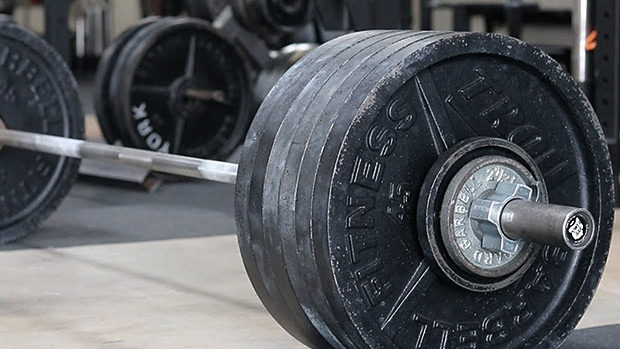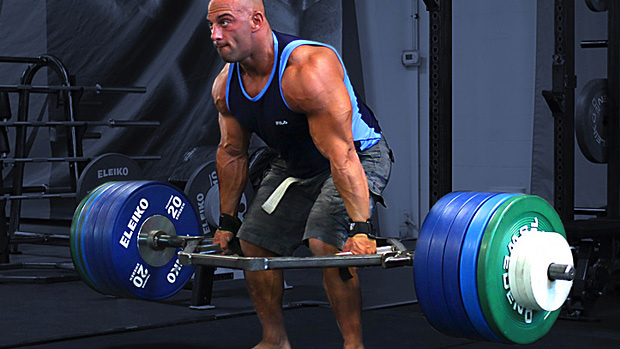Don't Chase the Dragon
Hitting a new deadlift PR is one of the most satisfying feelings you can get. But that feeling of success can lead to "chasing the dragon." Many times, ego-driven lifters will shoot for a new deadlift 1-rep max every time they do the movement.
That may work at first, but sooner or later they're going to stall out... or destroy their lower backs. Here are some better strategies to go about training the deadlift.
Strategy 1 – Alternate with a Trap Bar
Stronger is stronger. It doesn't matter if it's a straight bar or trap bar (at least for those who aren't competitive powerlifters). If you're getting stronger with one, you'll be getting stronger with the other. The deadlift is a hip hinge movement and you should alternate between these two variations so your spinal erectors get a break every once in a while.
The beauty of a trap bar? The weight is directly around your center of gravity. Since the load isn't directly in front of you as with a straight bar, you'll be able still practice your hip hinge with heavy loads and save your back in the process.
Strategy 2 – Have PR's for Different Grips and Bar Thicknesses
If you only train the deadlift using an over/under grip, hook grip, or straps, you're missing out on a lot of grip strength. Grip strength is essential because gripping something extremely hard fires up your nervous system. When your nervous system gets lit up, your muscles all fire synergistically which results in you being able to lift some serious weight.
Switch up your grip style and add some thick bar training.
Having PR's for thicker bars will still allow you to train the deadlift while helping to protect your back. One option for this is to use an axel bar, which is thicker than a normal bar. If your gym doesn't have one, get some thick grips which can attached to a normal barbell.
Strategy 3 – Learn a Good Bar Path
When you deadlift, keep the bar as close to your body as possible. The problem for many lifters is that they don't fully engage their upper backs. This causes them to struggle getting the bar past the knees, and they can't effectively close the gap between the bar and their thighs.
To practice a good bar path, try sweep deadlifts:
This will force you to engage the upper back and sweep the bar back towards your body when you pull. Teaching yourself a proper bar path will keep your whole body tight and will lead to bigger lifts down the road.






